What are strengths in the workplace: Examples & tips to improve your people development plan

Welcome to the epicenter of organizational evolution, where the playbook isn't just about playing the game – it's about harnessing the unique abilities of your players to win championships.
In this dynamic arena, we're zooming in on a secret weapon that visionary leaders wield with finesse – "Strengths in the Workplace."
Why, you ask? Well, imagine this: you're not just a leader; you're a maestro crafting a symphony of talents, a sorcerer conjuring up innovation, and a cultivator of potential beyond measure.
Your organization isn't just a business; it's a greenhouse of growth, where every employee's strengths are seeds of brilliance waiting to burst forth.
But it's not just about individual stardom. When leaders embrace crucial employee strengths, it’s like they are orchestrating a symphony of growth for the entire organization. Employee engagement skyrockets as individuals feel valued for their unique contributions. Productivity soars as teams align like gears in a well-oiled machine, each strength complementing the other.
And let's not forget the bottom line – it's not just a number; it's a reflection of the strength-powered workforce you've cultivated. When every employee's brilliance is embraced, harnessed, and nurtured, you're not just building a business; you're cultivating a legacy of excellence.
So buckle up, Let's dive in and make your workplace the ultimate strength sanctuary.
What are employee strengths?
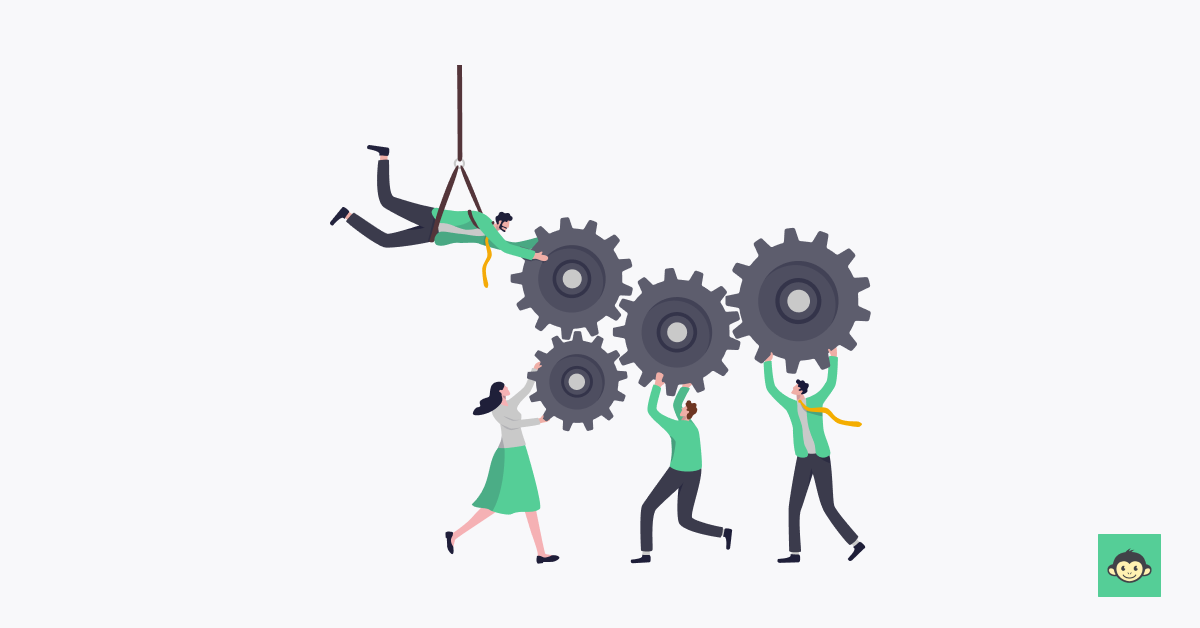
Essential employee strengths are the bedrock of organizational prowess, crystallized over decades of my HR voyage. They embody the unique amalgamation of job-related skills, talents, and inherent qualities that each individual brings to the workplace tapestry.
These strengths are the compass guiding individuals to excel in tasks where they naturally thrive and are poised to deliver exceptional results.
Identifying employee strengths is akin to uncovering a constellation of hidden gems. It enables leaders to sculpt tailored development programs that resonate with each employee's innate capabilities, fostering an environment where growth is not just encouraged, but inevitable.
By acknowledging and nurturing strengths, leaders kindle a sense of belonging, confidence, and purpose among trustworthy employees, invigorating their commitment to the organization.
Leaders who harness these strengths to sculpt employee development programs weave a tapestry of success. It's like crafting a symphony where every note resonates harmoniously, elevating individual performance while creating a powerhouse ensemble.
This symbiotic alignment results in enhanced job interviews, employee satisfaction, amplified engagement, and a robust organizational culture.
Recognizing employee strengths isn't just a leadership strategy; it's an investment in sustainable growth. As leaders peel back the layers of each team member's prowess, they illuminate a path of continuous improvement, igniting a cycle where strengths are honed, nurtured, and perpetually leveraged.
This is the elixir that propels organizations toward greatness, marking the zenith of enlightened leadership and thriving workplaces.
The importance of employee strengths in the workplace

Employee strengths are the hidden gems of a thriving workplace. They are not just individual attributes but powerful assets that can shape the culture and success of an organization.
Firstly, employee strengths drive productivity. When individuals work in roles that align with their strengths, they're more engaged, motivated, and efficient. Their tasks feel less like chores and more like opportunities for growth.
Secondly, strengths foster collaboration. In a diverse team, each member brings unique strengths to the table. When harnessed effectively, these strengths complement one another, leading to innovative problem-solving and creative solutions.
Furthermore, strengths enhance job satisfaction. Employees who can apply their strengths at work experience a sense of fulfillment and achievement. This leads to higher job satisfaction and lower turnover rates.
Moreover, they promote personal growth. Encouraging employees to develop and utilize their strengths not only benefits the organization but also the individuals themselves. It's a win-win scenario where professional growth aligns with company goals.
Lastly, strengths-based leadership can transform an organization. When leaders identify and leverage the strengths of their team members, it fosters a culture of appreciation and empowerment, ultimately driving business success.
What are 23 good strengths your employees need in the workplace?
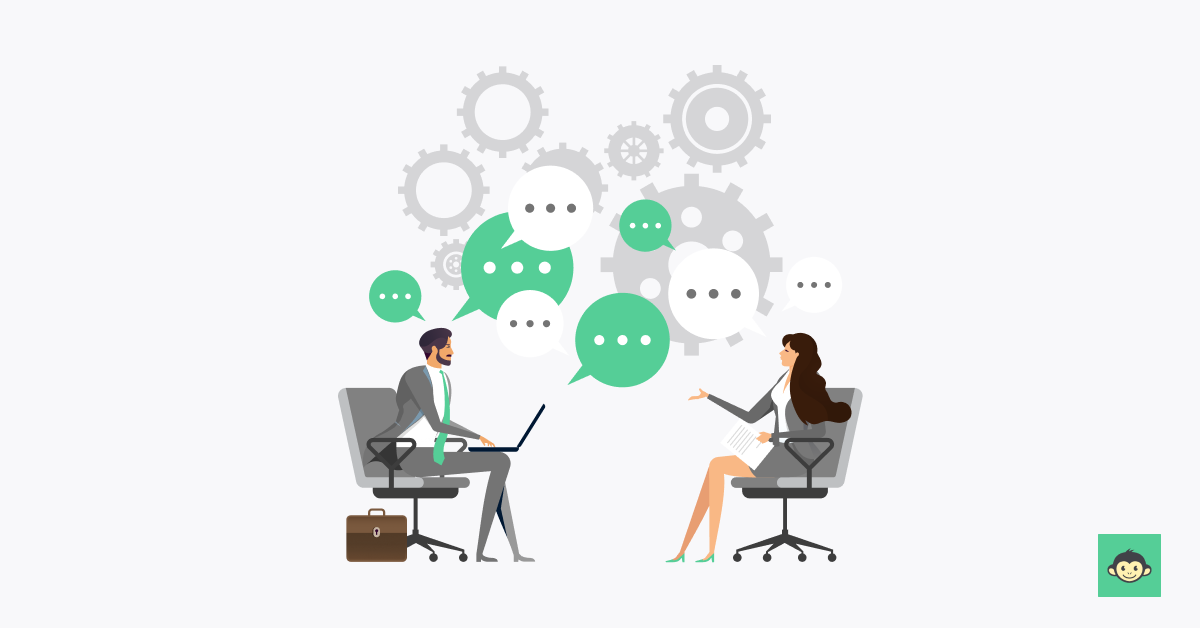
To lead is to guide, and to guide is to decipher the unique constellations of strengths that each employee brings to the celestial table. Let’s illuminate these 17 cosmic strengths that, when harnessed, forge a constellation of unparalleled brilliance within your workforce.
1. Good communication skills:
Effective communication transcends tasks; it's the cornerstone of collaboration. Employees who convey ideas clearly (even in a job interview), listen actively, and foster open dialogue cultivate an environment where productivity and innovation flourish.
2. Adaptability:
In a dynamic world, adaptability is key. Employees who embrace change with resilience and creativity become invaluable assets. They navigate shifting landscapes with grace, turning challenges into opportunities.
3. Problem-solving:
Problem solving skills are the pulse of progress. Employees who analyze challenges, devise innovative solutions, and execute with precision are the architects of continuous improvement.
4. Leadership potential:
Leadership isn't confined to titles; it's a positive attitude. Employees who inspire, motivate, and guide others foster a culture of collaboration and growth, elevating the entire team.
5. Time management:
The ability to manage time efficiently maximizes productivity. Employees who prioritize tasks, set goals, and maintain a balanced workload ensure that every moment contributes to success.
6. Creativity and innovation:
Originality fuels innovation. Employees who think outside the box, explore new avenues, and bring fresh perspectives to the table drive the organization forward.
7. Team collaboration:
Synergy emerges when individuals collaborate seamlessly. Employees who value teamwork, communicate effectively, and contribute to collective goals create a harmonious workplace.
8. Critical thinking:
Analytical thinking informs smart decisions. Employees who assess situations, evaluate options, and make informed choices drive efficiency and strategic progress.
9. Resilience:
Bouncing back from setbacks is a hallmark of success. Resilient employees face challenges head-on, learn from failures, and inspire others with their unwavering determination.
10. Initiative:
Proactivity fuels momentum. Employees who take initiative, seek opportunities for improvement and drive change contribute to a culture of innovation and growth.
11. Emotional intelligence:
Understanding emotions enhances interpersonal dynamics. Employees with emotional intelligence navigate relationships with empathy, resolve conflicts, and cultivate a positive work environment.
12. Work ethic:
Dedication and consistency breed excellence. Employees who exhibit and promote good work ethics, meet deadlines and go the extra mile set the standard for commitment and achievement.
13. Technical proficiency:
Mastery of relevant tools is essential. Employees who possess technical proficiency in their roles enhance efficiency, optimize processes, and drive technological advancement.
14. Customer focus:
Serving customers is paramount. Employees who prioritize customer needs, build relationships, and deliver exceptional experiences contribute to long-term success.
15. Conflict resolution:
Navigating disagreements is vital for harmony. Employees skilled in conflict resolution address issues constructively, preserving relationships and maintaining a positive atmosphere.
16. Negotiation skills:
Negotiation fosters collaboration and agreement. Employees who negotiate effectively, finding common ground and achieving win-win outcomes, contribute to smooth interactions.
17. Innovative thinking:
Constantly seeking improvement fuels growth. Employees who propose new ideas, challenge the status quo, and foster a culture of innovation are catalysts for transformative change.
18. Cultural awareness:
In a diverse workplace, cultural sensitivity is crucial. Employees who understand and respect different cultures, customs, and perspectives foster inclusivity and strengthen the organization's global reach.
19. Financial acumen:
Financial literacy goes beyond the finance department. Employees who grasp basic financial principles, manage budgets responsibly, and make cost-effective decisions contribute to the company's fiscal health.
20. Conflict mediation:
Beyond conflict resolution, employees skilled in conflict mediation take on a proactive role. They identify potential conflicts early, facilitate productive discussions, and prevent issues from escalating.
21. Networking prowess:
Building professional relationships extends beyond the office walls. Employees who excel at networking, both internally and externally, create opportunities for collaboration, partnerships, and growth.
22. Data analysis:
In the age of data, employees with strong data analysis skills are invaluable. They can turn complex data into actionable insights, driving informed decision-making and strategic planning.
23. Cross-functional teamwork:
Collaboration often spans departments and disciplines. Employees who can seamlessly work with colleagues from various functions enhance efficiency and innovation across the organization.
By fostering these 23 key employee strengths, organizations create a robust and harmonious workplace, empowering employees to thrive, excel, and collectively drive the organization toward its fullest potential.
19 Examples of strengths in the workplace

Here are 15 top examples of strengths in the workplace that you should look out for in your dependable employees and necessarily groom them to make them the leaders of tomorrow -
1. Innovation catalyst:
Employees who consistently generate fresh ideas, challenge norms, and contribute to inventive solutions are the driving force behind a culture of innovation. Their ability to think creatively and pioneer new approaches energizes the organization's progress.
2. Cross-functional agility:
Some employees effortlessly navigate diverse roles and departments. Their adaptability and willingness to learn enable them to collaborate seamlessly, serving as bridges between teams and enhancing organizational efficiency.
3. Mentorship mentality:
Individuals who naturally guide and mentor colleagues provide a rich source of knowledge sharing. Their willingness to support others' growth creates a positive learning environment, fostering the development of their peers.
4. Data-driven decision-maker:
Those who adeptly analyze data to inform decisions contribute to informed and strategic choices. Their ability to transform raw information into actionable insights aids the organization in achieving its objectives.
5. Detail-oriented organizer:
Employees who meticulously plan and organize tasks ensure that operations run smoothly. Their focus on details prevents oversights and errors, contributing to the overall personality traits of work.
6. Crisis navigator:
In challenging times, certain individuals remain composed and level-headed. Their capacity to manage crises, make swift decisions, and guide teams through uncertainty instills confidence and stability.
7. Cultural champion:
Workers who embrace diversity, equity, and inclusion foster a harmonious and welcoming environment. Their commitment to creating a culturally sensitive workplace enhances collaboration and respect among colleagues.
8. Networking dynamo:
Individuals skilled at building and nurturing professional relationships are indispensable connectors. Their ability to forge alliances, both internally and externally, enhances the organization's reach and opportunities.
9. Rapid learner:
Employees with a knack for quickly acquiring new skills and knowledge readily adapt to evolving technologies and methodologies. Their ability to swiftly master new concepts keeps the organization on the cutting edge.
10. Customer whisperer:
Certain individuals possess an innate understanding of customer needs and preferences. Their capacity to anticipate customer desires and deliver tailored solutions strengthens client relationships and bolsters the organization's reputation.
11. Process optimization pro:
Those who streamline workflows and identify opportunities for efficiency improvements drive operational excellence. Their commitment to enhancing processes enhances productivity and resource utilization.
12. Responsible risk-taker:
Certain employees approach calculated risks with a sense of responsibility and strategic vision. Their willingness to step out of their comfort zones contributes to the organization's ability to explore new horizons.
13. Conflict transformation specialist:
Individuals skilled at navigating and resolving conflicts contribute to a harmonious work atmosphere. Their ability to facilitate constructive dialogue and mediate disagreements ensures productive collaboration.
14. Digital savvy:
With the digital landscape ever-evolving, employees who stay current with technology trends and digital tools bring an invaluable skill set. Their proficiency in leveraging digital resources optimizes processes and communication.
15. Strategic storyteller:
Workers who excel in conveying ideas through compelling narratives possess the power to influence and inspire. Their ability to communicate complex concepts in relatable ways aids in conveying organizational vision and goals.
16. Sustainability advocate:
Employees passionate about sustainability and environmental responsibility can drive positive change within the organization. Their commitment to reducing the company's environmental footprint and promoting eco-friendly practices aligns with modern values and can enhance the organization's reputation.
17. Crisis communication expert:
In times of crisis, effective communication is paramount. Employees with expertise in crisis communication can guide the organization in delivering clear, empathetic, and transparent messages to stakeholders, preserving trust and reputation.
18. Regulatory compliance guru:
Staying compliant with ever-evolving regulations is essential in many industries. Employees well-versed in regulatory compliance ensure that the organization operates within legal boundaries, minimizing risks and potential liabilities.
19. Cultural intelligence champion:
As businesses expand globally, employees with cultural intelligence can bridge cultural gaps and facilitate international collaborations. Their ability to understand and navigate diverse cultural nuances promotes successful global operations and partnerships.
Each of these unique strengths enhances the workplace tapestry, contributing to a vibrant and dynamic environment where diverse talents align toward achieving collective success.
10 Workplace weakness examples one should be aware of

Any coin certainly has two sides. So being aware of your employees’ strengths and weaknesses in the workplace, and identifying their weaknesses and helping them become better at them is what a true leader’s job is.
Let’s deep dive into common workplace weaknesses that hinder productivity, engagement and work-life balance at the workplace.
1. Overcommitment syndrome:
Some employees have difficulty saying no, leading to taking on more tasks than they can handle. While their enthusiasm is commendable, overcommitment may lead to burnout and compromised quality of work.
2. Procrastination predisposition:
Individuals prone to procrastination often delay tasks until the last minute, affecting efficiency and potentially impacting deadlines. Addressing this weakness involves time management strategies and developing a proactive work approach.
3. Micro-managing tendency:
Certain employees struggle with relinquishing control and micromanage tasks, which can stifle team autonomy and creativity. Recognizing the need to trust and delegate empowers colleagues and enhances collaboration.
4. Perfectionism paralysis:
While attention to detail is vital, excessive perfectionism can lead to prolonged project timelines and missed opportunities. Employees should strike a balance between striving for excellence and knowing when a task is satisfactorily complete.
5. Difficulty with delegation:
Some individuals find it challenging to delegate tasks, fearing that others won't meet their standards. This hampers their own efficiency and the growth of their team. Learning to delegate effectively and trust others' capabilities is essential.
6. Resistance to change:
Averse to change, certain employees may cling to familiar methods, hindering adaptation to new technologies or processes. Embracing change with an open mindset ensures continued growth and innovation.
7. Lack of assertiveness:
Employees who struggle with assertiveness may find it challenging to voice opinions or advocate for themselves. Developing assertiveness skills empowers them to communicate effectively, contribute ideas, and address concerns.
8. Impatience with routine:
Routine tasks can bore some employees, impacting their engagement and efficiency. Recognizing the importance of routine and finding ways to infuse variety or challenge can help alleviate this weakness.
9. Difficulty with receiving feedback:
Those who struggle to accept constructive criticism may hinder their personal and professional growth. Acknowledging that feedback is an avenue for improvement, not criticism, fosters continuous development.
10. Time management struggles:
Employees who struggle with time management may find it challenging to prioritize tasks effectively. Developing organizational skills, setting clear goals, and using time management tools can aid in overcoming this weakness.
By identifying and addressing these weaknesses, individuals can actively work towards personal and professional growth, contributing to a more harmonious and productive workplace.
7 Key strengths at work
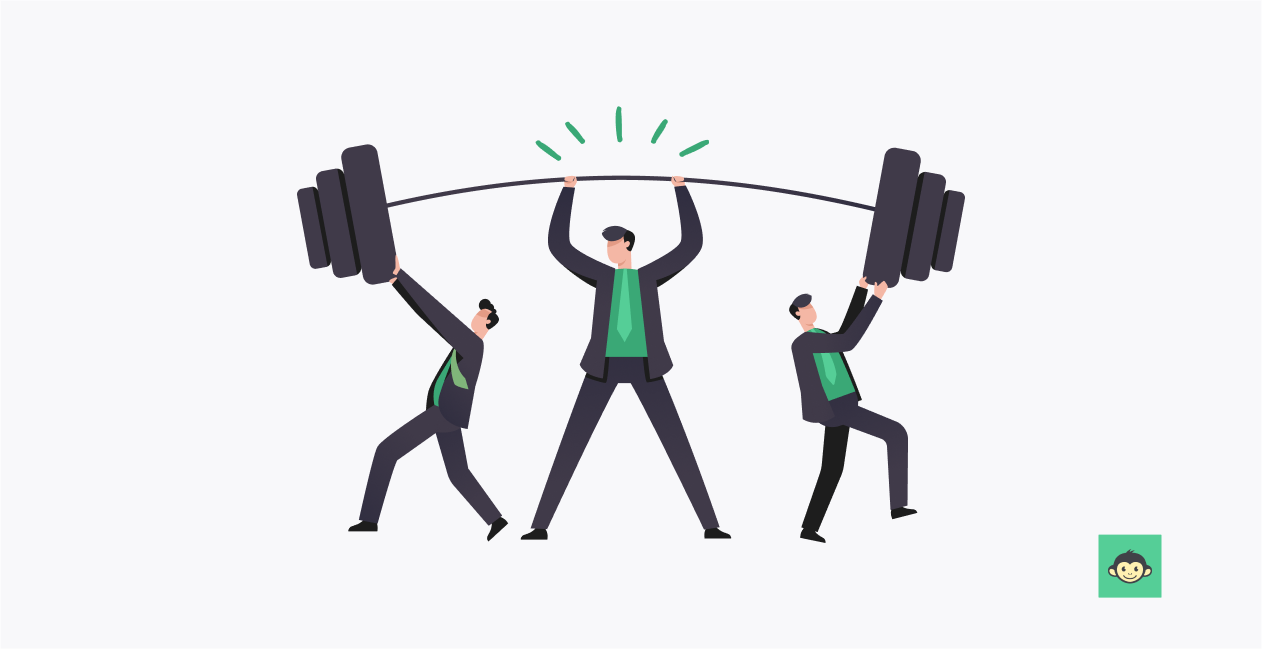
Here are 7 key strengths in the workplace that can truly make a difference:
- Adaptability and resilience: In today's fast-paced world, adaptability is a prized strength. Employees who can quickly adjust to new situations and bounce back from setbacks demonstrate remarkable resilience. They bring a sense of stability to the workplace, even when faced with unexpected challenges.
- Digital fluency: As technology continues to shape the business landscape, employees with digital fluency are invaluable. They not only keep up with the latest tech trends but also understand how to leverage digital tools to enhance productivity and communication.
- Inclusivity champion: A diverse and inclusive workplace is essential for innovation and growth. Employees who actively promote inclusivity, respect different perspectives, and champion diversity contribute to a more welcoming and collaborative atmosphere.
- Strategic thinker: While problem-solving is crucial, having employees who can think strategically is a game-changer. They see the bigger picture, set long-term goals, and develop plans to achieve them. Strategic thinkers help steer the organization toward success.
- Adaptive leadership: Leadership isn't just about titles; it's about inspiring others. Employees who exhibit adaptive leadership traits empower their colleagues, offer guidance when needed, and promote a culture of continuous improvement.
- Remote work proficiency: In the age of remote and hybrid work, employees who excel in virtual collaboration are indispensable. They know how to navigate digital platforms, maintain productivity from afar, and keep remote teams connected.
- Emotional resonance: Understanding and managing emotions is crucial for effective teamwork and leadership. Employees with high emotional intelligence can navigate interpersonal dynamics, resolve conflicts, and create a positive work environment.
These seven strengths complement the existing ones, creating a well-rounded and adaptable workforce. Remember, it's the combination of these diverse strengths that truly drives a company's success.
What are personal strengths in the workplace?
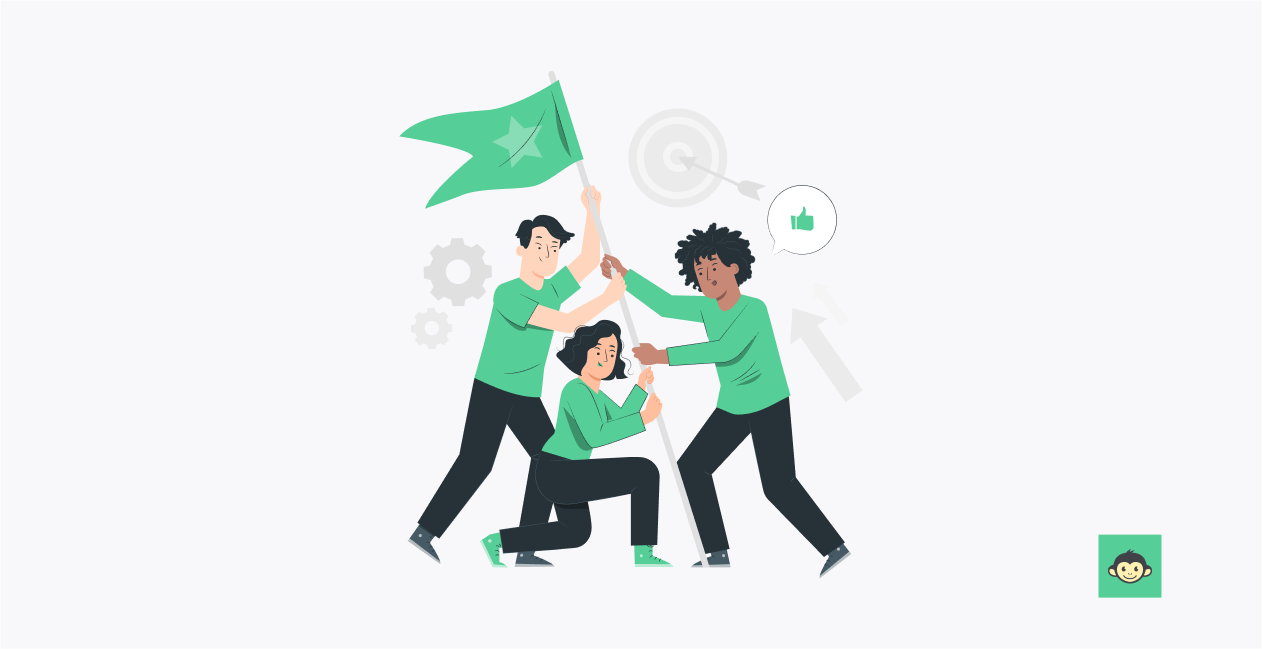
Personal strengths in the workplace are the unique qualities, skills, and attributes that an individual brings to their job responsibilities. These strengths are not just about what you can do but also about who you are as a professional. Here are some additional personal strengths that play a vital role in the workplace:
Integrity
Upholding strong moral and ethical principles is a valuable strength. Employees with integrity are trustworthy and demonstrate honesty and transparency in their work, which fosters a culture of trust within the organization.
Empathy
Empathetic individuals excel in understanding and connecting with the emotions and needs of their colleagues and clients. This strength is especially valuable in roles that require strong interpersonal relationships, such as customer service and leadership.
Initiative
Taking the initiative to identify opportunities for improvement and proactively addressing challenges is a strength that can drive innovation and growth within a company. Employees who exhibit this trait are often seen as go-getters.
Patience
Patience is a virtue, especially in roles where patience is essential for problem-solving or when working with clients who may have complex needs. Patient individuals can maintain composure in high-stress situations.
Attention to detail
While mentioned briefly in previous job duties, it's worth emphasizing that a keen eye for detail is a crucial strength in roles that require precision, quality control, or data analysis. It ensures accuracy and minimizes errors.
Networking
Building and maintaining professional relationships both within and outside the organization is a valuable strength. Employees with strong networking skills can open doors to collaborations, partnerships, and opportunities.
Adaptive thinking
In rapidly changing industries, being able to adapt your thinking and strategies to new circumstances is a significant strength. It allows you to stay focused, relevant and make well-informed decisions even in unpredictable situations.
Personal strengths are like the building blocks of a successful career. They not only contribute to individual growth and job satisfaction but also benefit the organization as a whole by creating a diverse and dynamic workforce. Recognizing and leveraging these strengths is key to personal and professional success in the workplace.
How to turn professional weaknesses into employee strengths?

Transforming professional weaknesses into employee strengths is not only possible but can be a powerful journey of personal and career development. Here are five steps to help you turn your weaknesses into strengths:
1. Self-awareness
The first step is acknowledging your weaknesses honestly. This requires self-awareness and humility. Identify specific areas where you struggle or have received constructive criticism. It could be time management, public speaking, or a lack of technical skills.
2. Set clear goals
Once you've identified your weaknesses, set clear and achievable goals for improvement. Define what "strength" looks like in that area. For instance, if you struggle with public speaking, your goal might be to confidently deliver a presentation to a large audience.
3. Seek training and resources
Take proactive steps to address your weaknesses. Enroll in workshops, courses, or training programs that target your specific area of improvement. Utilize online resources, books, or mentorship to gain knowledge and skills.
4. Practice and feedback
Improvement often comes through consistent practice. Apply what you've learned in real-world situations. If it's a communication weakness, practice speaking in front of smaller groups first. Seek feedback from peers, mentors, or supervisors to refine your skills.
5. Perseverance
Transforming weaknesses into strengths is a journey that requires time and patience. Don't get discouraged by setbacks or slow progress. Stay committed to your goals and continue to learn and grow.
How to identify your workplace strengths?
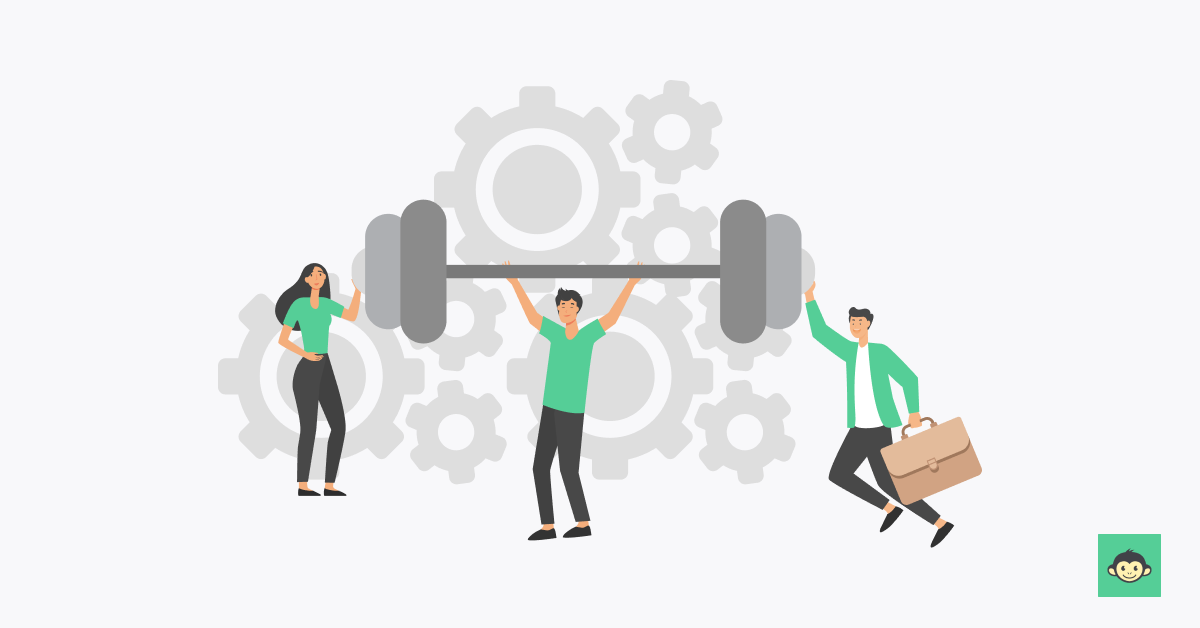
Identifying your workplace strengths is like embarking on a journey of self-discovery, uncovering the gems that make you shine in your professional universe. Start by paying attention to the tasks that feel effortless and enjoyable, like stargazing on a clear night. These moments indicate your strengths at play.
Listen closely to the feedback you receive from colleagues and supervisors, like echoes bouncing through your cosmic realm. Their observations often reveal the constellations of your strengths, guiding you toward what you naturally excel at.
Embrace challenges as cosmic puzzles waiting to be solved. When you find yourself diving into a problem with enthusiasm and ease, it's likely your strengths providing the answers.
Look back on your experiences, like connecting stars, identifying patterns that repeat themselves. Just as constellations form in the night sky, your strengths cluster to form your professional identity.
Remember, this cosmic journey isn't about bragging but understanding your unique constellation of talents. As you uncover your strengths, you illuminate your path, guiding you toward greater success and fulfillment in your work galaxy.
How amplifying employee strengths can make your organization stronger?

Amplifying employee strengths is like supercharging the engine of your organization. It's not just about fixing weaknesses; it's about harnessing the unique talents and abilities that your employees bring to the table. Here's why focusing on strengths can make your organization stronger:
- Enhanced productivity: When employees work in roles that align with their strengths, they become more engaged and motivated. They perform tasks with greater efficiency and enthusiasm, ultimately to boost employee morale and productivity across the board.
- Innovation and problem-solving: Each employee possesses a unique set of leadership skills and perspectives. By encouraging them to leverage their strengths, you create a diverse team that excels at innovation and creative problem-solving. Different strengths lead to fresh ideas and approaches.
- Higher job satisfaction: When employees feel that their strengths are recognized and valued, they experience higher levels of satisfaction accordingly to their job description. This, in turn, leads to reduced turnover rates and a more stable workforce.
- Improved employee engagement: Focusing on strengths promotes a company culture of empowerment and recognition. Employees feel a sense of ownership over their work, leading to higher levels of engagement and commitment to the organization's goals.
- Better team dynamics: Teams composed of individuals who understand and appreciate each other's strengths collaborate more effectively. They can delegate tasks based on each team member's strengths, leading to smoother workflows and better outcomes.
- Leadership development: Identifying and nurturing strengths among potential leaders can lead to a strong leadership pipeline within your organization. Future leaders who understand their strengths can lead with authenticity and effectiveness.
- Competitive advantage: A workforce that leverages its strengths is more adaptable and resilient in the face of challenges. This adaptability can be a significant competitive advantage in today's rapidly changing business environment.
- Customer satisfaction: When employees are encouraged to use their strengths to meet customer needs, it often results in better customer experiences. Employees who excel in areas like communication or problem-solving can directly impact customer satisfaction.
- Organizational growth: Strength-based development isn't just about individual growth; it contributes to the overall growth and success of the organization. By maximizing the potential of your workforce, you position your company for long-term success.
Conclusion
In the vast realm of the workplace, uncovering employee strengths stands as a compass for organizational triumph. Like tracing constellations across the sky, recognizing these strengths fuels a harmonious symphony where each individual's brilliance harmonizes. This process, akin to decoding cosmic whispers, involves attentive observation, responsive feedback, and adeptly navigating challenges.
Nurturing these strengths isn't just a fleeting endeavor, but a voyage towards enduring prosperity. Just as constellations persist over time, cultivating these unique talents equips teams for sustained excellence.
The significance reverberates not merely in immediate accomplishments, but in an enduring trajectory.
The important part here is how you as a leader understand the needs and the development needs of your employees. This is where employee survey tools like CultureMonkey comes into the picture, which empowers you to send multiple kinds of surveys with its vast scientifically-backed employee survey templates.
This in turn helps you to trigger an employee growth survey, to understand their needs and act on it in a timely manner, before it leads to attrition.



